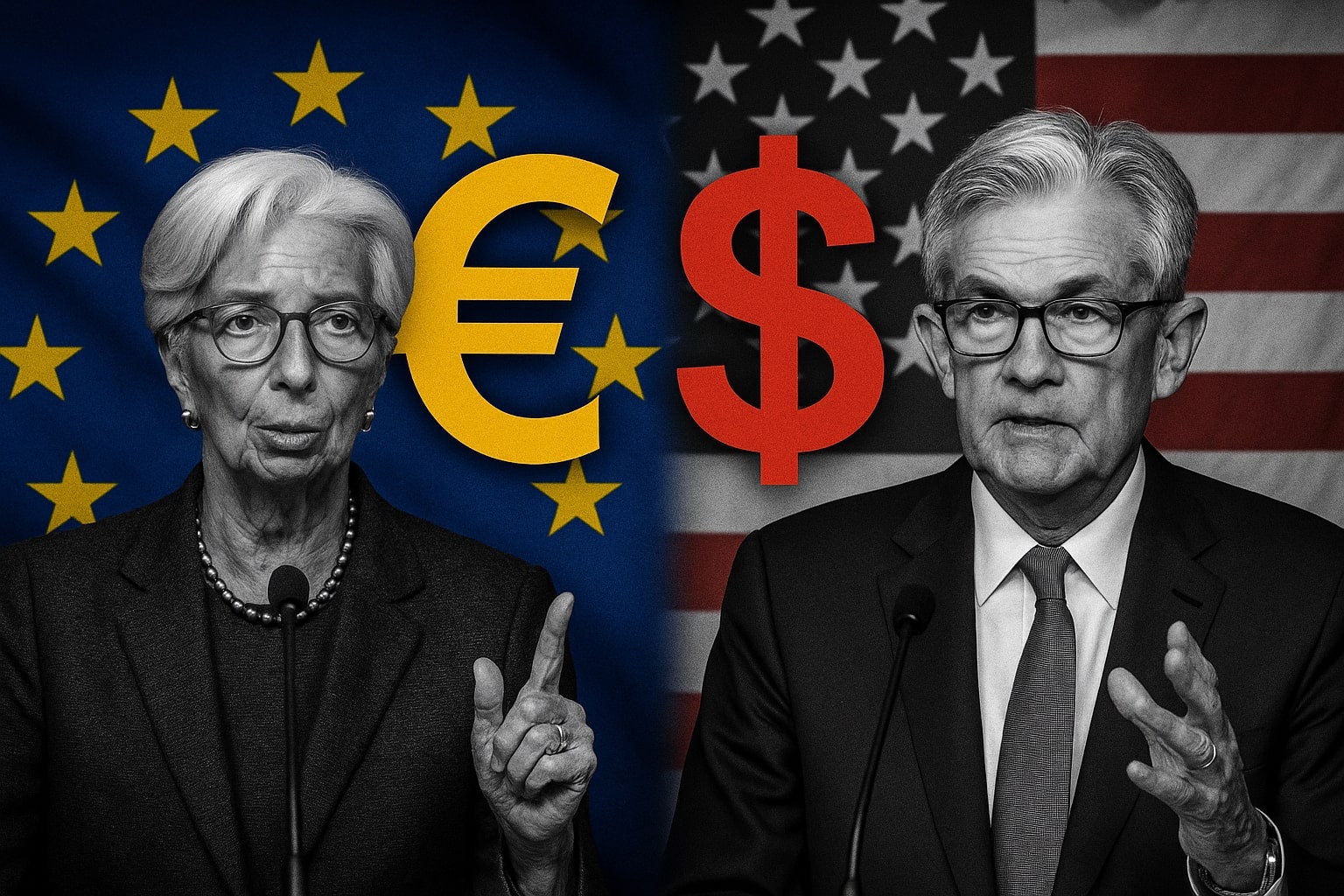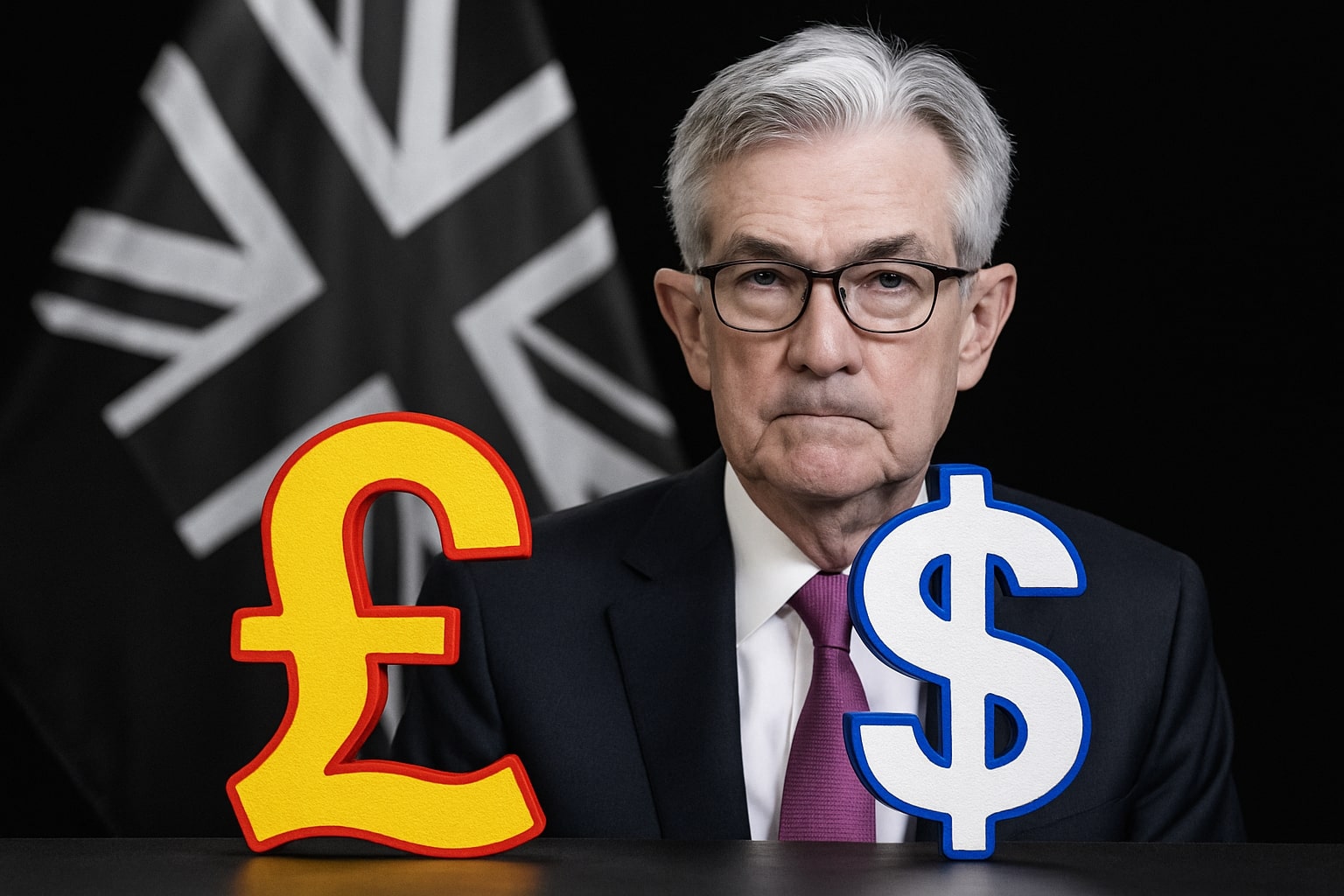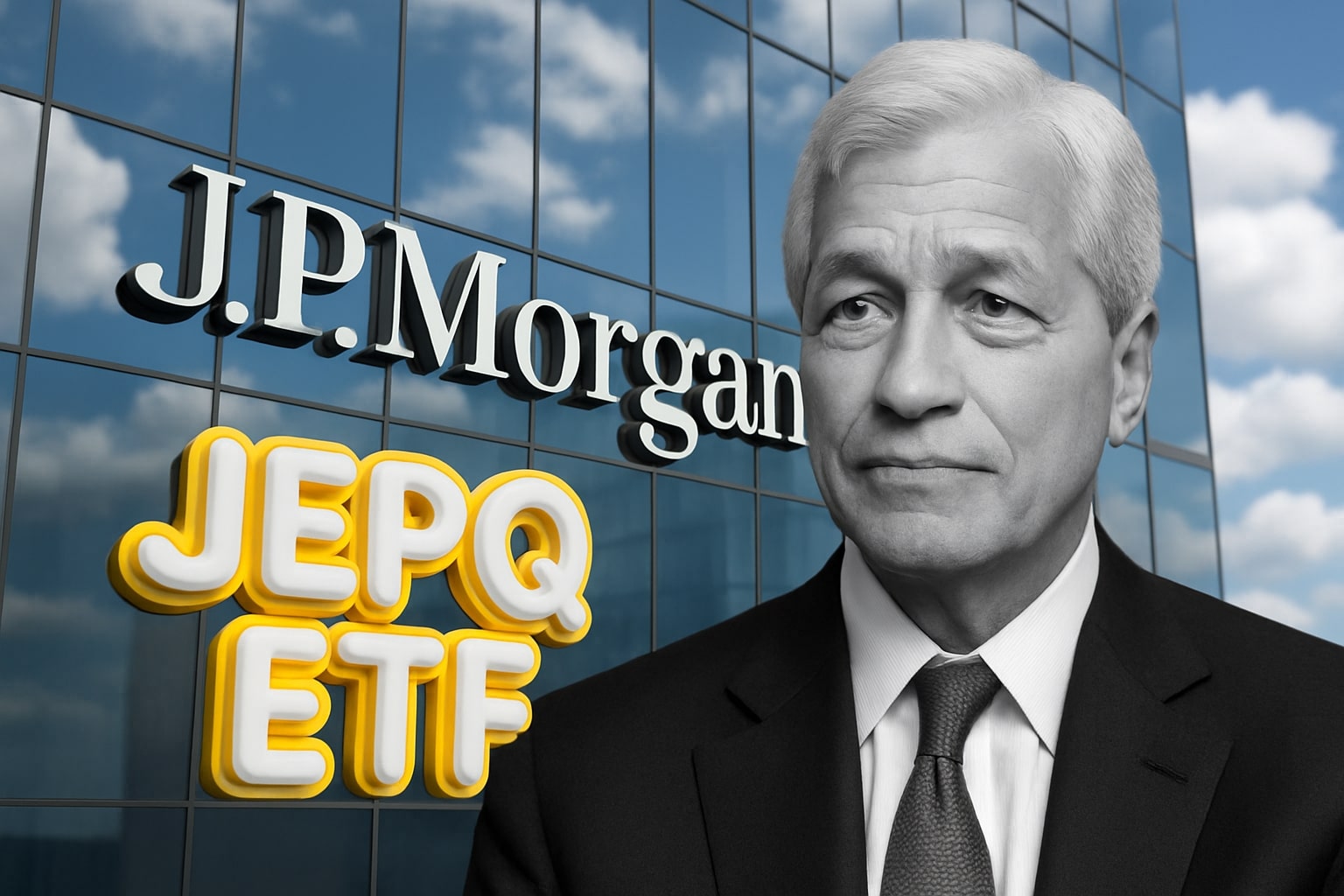
EUR/USD Price Forecast - Euro to Dollar Extends Losses Below 1.1500 as Dollar Rally and Fed Weigh Euro
The Euro weakens to 1.148 amid robust U.S. data and Fed optimism. Traders watch 1.147–1.139 support zone as ECB caution and U.S. yields sustain downside pressure | That's TradingNEWS
EUR/USD Extends Losses Below 1.1500 as Dollar Strength Persists and ECB Stalls on Guidance
The EUR/USD pair remains under sustained pressure, trading near 1.1483, after a week dominated by stronger-than-expected U.S. data and renewed dollar demand across global markets. The euro’s attempt to rebound from its October lows failed as investors positioned for further U.S. economic resilience and a hesitant European Central Bank that appears trapped between slowing growth and stubborn inflation. The cross has now declined 1.2% week-to-date and nearly 3.8% month-to-date, consolidating its lowest levels since mid-August.
Dollar Momentum Dominates Despite Fiscal Friction in Washington
The U.S. Dollar Index (DXY) continues its upward trajectory, holding around 100.15, just below a three-month high. The greenback’s recovery followed strong ISM Services PMI data (52.4 vs. 50.8 expected) and ADP private payrolls at +145,000, confirming that the U.S. labor market remains robust. Treasury yields rose modestly, with the 10-year yield at 4.15% and the 2-year at 3.63%, maintaining a steep inversion that reflects ongoing inflation anxiety.
Even political noise in Washington has not derailed the rally. The six-week-long budget standoff has eroded short-term fiscal credibility but paradoxically supported the dollar as investors sought liquidity over risk exposure. This “flight to yield” dynamic underscores the greenback’s dominance despite internal fiscal tension.
Euro Struggles Under ECB Ambiguity and Mixed Eurozone Data
The European Central Bank’s most recent communication struck a restrained tone, reiterating its “data-dependent” approach and signaling no urgency to shift policy. ECB President Christine Lagarde emphasized that inflation is gradually converging toward the 2% target, but weak industrial data has forced policymakers into caution.
In Germany, factory orders rose 1.1% in September, while France’s industrial output climbed 0.8%, both marginally above expectations. However, the region’s composite PMI at 48.9 remains in contraction territory for the sixth consecutive month, suggesting a shallow recovery at best. The Spanish unemployment increase (+22.1K vs. +5.2K expected) underscored persistent labor fragility, keeping pressure on the euro’s growth outlook.
Technical Pressure Intensifies Around 1.1500 Resistance Zone
The EUR/USD daily chart shows a well-defined descending channel that has governed price action since early October. The pair’s repeated failures to reclaim the 20-day EMA at 1.1593 and 50-day EMA at 1.1632 confirm that sellers remain in control. Immediate support rests at 1.1475–1.1480, aligning with the lower Bollinger Band and the channel floor, while a breakdown below 1.1470 opens the door to 1.1390 and 1.1300.
Momentum indicators reflect exhaustion but not reversal—RSI near 32 signals oversold territory, yet MACD remains negative. A short-term recovery toward 1.1540–1.1560 may test resistance before sellers re-enter. Only a sustained break above 1.1630 would suggest a structural shift back toward bullish consolidation.
Macro Divergence: Fed Resilience vs. Eurozone Stagnation
The macro gap between the United States and Europe continues to widen. The Fed’s cautious optimism contrasts with Europe’s defensive rhetoric. The Fed funds rate sits at 5.25–5.50%, and markets now price only a 66% probability of a December cut, down from 90% a week ago. Meanwhile, the ECB’s deposit facility rate remains at 4.00%, but forward markets expect a 25-bps cut by April 2026 as growth softens.
This divergence keeps real yield spreads favorable to the dollar. The U.S.–German 10-year spread at +190 bps reinforces capital inflows to dollar assets, sustaining downward pressure on the euro.
Fiscal and Political Noise Fuels Short-Term Volatility
Washington’s fiscal impasse—now the longest since 2013—has capped risk appetite. Short-term Treasury bill yields climbed to 5.28%, reflecting investor demand for safety even as liquidity thins. Across the Atlantic, France’s budget deficit narrowed slightly to €155.4 B from €157.5 B, but the eurozone’s overall fiscal stance remains restrictive, curbing growth prospects.
Meanwhile, traders are cautious ahead of the U.S. Non-Farm Payrolls later this week, projected at +180,000. Any upside surprise could reinforce the Fed’s hawkish tone and drive EUR/USD further toward 1.1400, while softer data might trigger a corrective bounce.
Market Sentiment: Controlled Fear, Light Positioning
The CFTC positioning data shows speculative net shorts in euro futures rising by 17,000 contracts to −84,000, the largest since March. This indicates entrenched bearish conviction, although the sharp positioning tilt also raises the risk of a short-covering rally. The Euro Volatility Index (EVZ) sits near 7.1, well above its three-month average of 5.3, reflecting expectations for heightened turbulence ahead of key U.S. and ECB data releases.
Intermarket Correlations Reinforce Dollar Dominance
The relationship between EUR/USD and U.S. equity benchmarks remains negative. A −0.54 correlation with the Nasdaq Composite and −0.61 with S&P 500 futures shows that equity weakness continues to support the greenback. Similarly, the positive link between the U.S. Dollar Index (DXY) and Treasury yields persists near +0.82, illustrating that the currency’s strength is anchored in yield differentials rather than sentiment alone.
Technical Outlook and Trading Bias
Short-term structure favors the downside. As long as EUR/USD holds below 1.1580, the path of least resistance remains lower. Immediate downside targets are 1.1470, 1.1390, and 1.1300, with potential extension to 1.1265 if momentum accelerates. On the upside, the initial resistance cluster lies at 1.1545–1.1580, followed by 1.1630–1.1660.
The pair’s 20-day volatility at 6.3%—double the annual average—suggests room for intraday reversals but favors trend continuity. For traders, this implies tactical selling on rallies remains the higher-probability setup until macro data shifts.
Read More
-
JEPQ ETF Holds $58.82 as Fund Flows Cool and Nasdaq Valuations Stretch
06.12.2025 · TradingNEWS ArchiveStocks
-
XRP ETFs Cross $1 Billion AUM as XRPI and XRPR Lead Institutional Wave
06.12.2025 · TradingNEWS ArchiveCrypto
-
Natural Gas Price Breakout: NG=F Soars to $5.50 on Cold U.S. Weather & LNG Export Boom
06.12.2025 · TradingNEWS ArchiveCommodities
-
USD/JPY Price Forecast - Dollar to yen Slides to 155.60, BOJ Hike Reprice Global Currency Markets
06.12.2025 · TradingNEWS ArchiveForex
Outlook: EUR/USD Faces Prolonged Bear Phase, Range Set by 1.13–1.16 Corridor
The euro remains fundamentally vulnerable. The divergence between U.S. economic momentum and eurozone stagnation, combined with Fed–ECB policy misalignment, limits recovery potential. Unless the U.S. data disappoints or European fiscal coordination improves, EUR/USD could retest 1.13 before year-end.
Momentum traders may find opportunity on corrective bounces toward 1.1560–1.1600, while medium-term investors should expect consolidation within the 1.13–1.16 corridor before any sustainable trend reversal emerges.
Rating: SELL
Short-Term Range: 1.147 – 1.158
Downside Targets: 1.139 / 1.130
Resistance Zones: 1.158 / 1.163
Sentiment: Bearish Bias, Oversold Conditions Developing



















